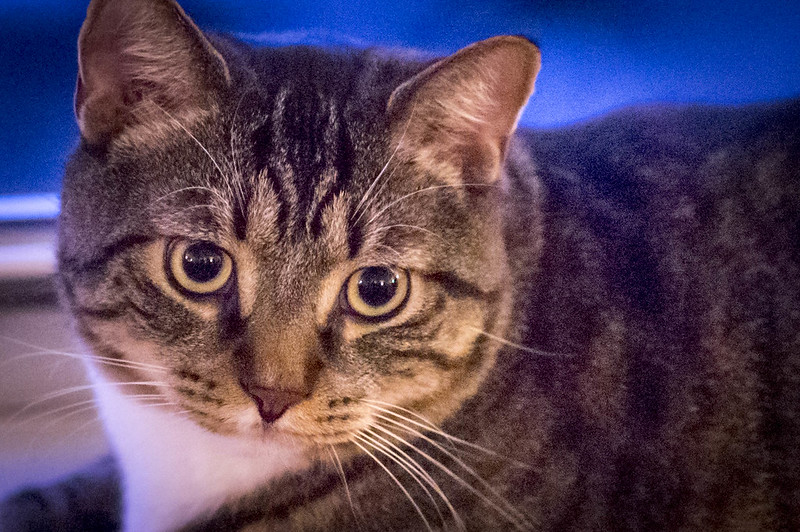NoI miscalculated that they would continue to sell a flawed product.
I expected the color and moire issues of M9 would be absent in tne MM but did not expect the exfoliating cover glass. I thought they would have learnt from M9 and fixed it (as they are doing now) instead to selling MM with the same cover glass.
Great learning experience, no doubt.
Painful, however most of us are willing to impart a small amount of grace to a company that errs ... but where the limit exists is a personal issue.
Found mine with the S ... but since the only other mono sensor is $57K ... I am willing to put my pride in me pocket ... so to speak.
Have not stepped back into the dance but am not far from it.
And I still maintain that BW conversions from a Bayer are a compromise ... no matter how skilled you are at post process.
As Bilbo Baggins suggested ... “Some believe it is only great power that can hold evil in check, but that is not what I have found.
It is the small everyday deeds of ordinary folk that keep the darkness at bay. Small acts of kindness and love..."
Grace and thankfulness may be the key to a long and perhaps blessed life ....
I am thankful that I have seen all the technological advances that have allowed us to capture the light in so many amazing forms.
Not worth the energy to live with the frustration of empty claims and failed promises.
Bob


